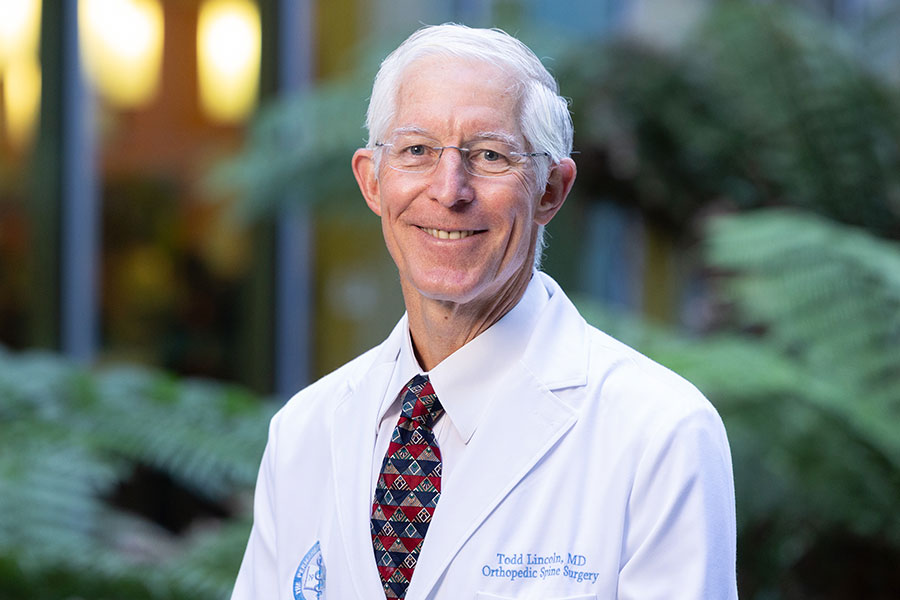Inside KP –August 28, 2017
A sudden cardiac crisis hit Liza Barnes in the most innocent of settings — as she decorated for a fifth-grade Valentine’s Day dance in 2016 at the Sacramento public school where she works as a program manager.
“I was going full steam but losing steam,” said Barnes, now 48. “I felt like a ball of fire was in my right ear. I was just going to rest in the nurse’s office for a few minutes. But the principal called my daughter, who got me to the ER.”
Barnes was in the middle of a life-threatening aortic dissection, which can start in any part of the aorta but in her case was just above the heart.
“What Liza experienced is one of the true emergencies for heart surgeons,” said Joseph Huh, MD, the chief of Cardiac Surgery for Kaiser Permanente in the Sacramento area who operated on Barnes.
‘The Great Masquerader’
Barnes presented at the Sacramento Emergency Department with very high blood pressure. A CAT scan showed a tear in the aorta.
“I asked for medicine so I could go home,” Barnes remembered. “But the ER physician John Wong, MD came in and said there was a team waiting for me to go into surgery.”
Barnes met Dr. Huh for the first time in the operating room. Frightened yet surrounded by her 2 adult children, mother, and husband, she said they only had time for a quick prayer.
Dr. Huh is 1 of 3 heart surgeons performing the risky aortic dissection surgeries on Kaiser Permanente patients in the Sacramento area, with other surgeons based in Kaiser Permanente heart surgery centers in Santa Clara and San Francisco.
“They call the aortic dissection ‘the great masquerader,’ because it can mimic many other health crises, such as heart attack, stroke, acute abdomen blockage, or even leg circulation blockage,” Dr. Huh said.
As a result, a quick, accurate diagnosis such as Barnes experienced saves lives.
Surveillance for Life
Dr. Huh operated on Barnes for 9 hours — administering drugs to reduce blood pressure and heart rate, removing damaged sections of the aorta, and finishing with a sophisticated valve-sparing root reconstruction.
Barnes woke up to her husband leaning over her, crying with relief.
Healing with a scar in the middle of her chest, Barnes spent 2 weeks in the hospital. Essentials such as breathing and walking were difficult since the surgery essentially shut down her body’s heart, lungs, and circulation for the length of the heart repair.
Finally at home again, Barnes adjusted to monitoring her health with a blood pressure cuff and medications. She returned to work in June 2016. In addition to crediting Dr. Huh and her nurses, Barnes thinks being around her grandchildren and the schoolkids healed her: “Kid energy is the best energy.”
Her follow-up care brought Barnes into Kaiser Permanente’s Thoracic Aortic Program, which includes a surveillance database for lifetime monitoring of patients at risk of crises (typically those with existing aneurysms or a family history) or those such as Barnes who suffered surprise events. With an integrated health care model, the program brings together the many specialists needed in comprehensive care: geneticists, emergency physicians, cardiologists, surgeons, and primary care physicians.
In addition to her regular checkups, Barnes rests easy knowing Dr. Huh is keeping an eye on her progress via her electronic health record.
“We have a breadth of a program that can personalize aortic care depending upon a person’s needs,” Dr. Huh said. “We have our patients covered — from preventive care to non-invasive endovascular procedures to the most complex heart and aortic surgeries.”
This article originally appeared in Inside KP






